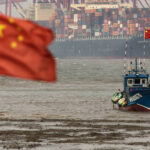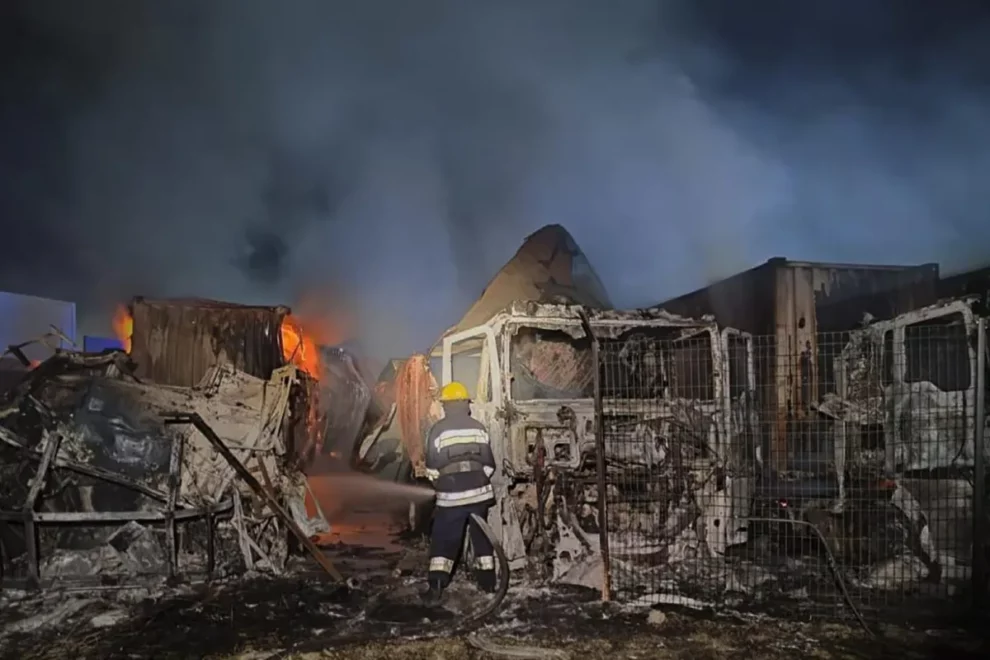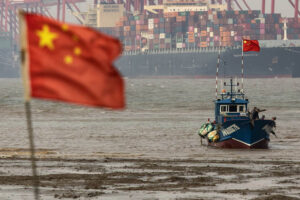Should the Ukraine war stretch much farther into the future, the dynamics of any settlement – if there is a settlement – will be much different than if a settlement were reached tomorrow.
Ukraine will soon be faced with a choice: whether to go on fighting, trying to prolong the war – or to make a deal while it can. AsiaTimesSupport for Ukraine preparing US for future wars
If Ukraine opened diplomatic discussions with Russia today it would still retain full control of its five most important cities: Kharkiv, Kiev, Dnipro, Odesa and L’viv. Its army would still remain viable.
Ukraine, in a settlement, could produce significant agricultural output and exports, raising revenue for the country (assuming Russian cooperation). Much of the self-exiled population might decide to return. That would depend on how much of Ukraine’s infrastructure remained after a settlement.
A longer war means the obliteration of more of the industrial backbone of the country.
Should the war be prolonged, the chance for the return of refugees is less likely. Many of the most skilled will find work elsewhere and integrate into local populations.
If the war continues, Ukraine cannot be assured of keeping control of key cities, holding together its armed forces, restoring its economy or maintaining an independent government.
Ukraine also cannot depend on Western help for much longer. Nor can it be sure that the supposed billions for reconstruction will really be forthcoming. With Western countries in a recession and budgets tightening, if the war continues the cost of reconstruction will surely rise to very high levels and take decades to carry out, if at all.
The reasoning behind these analyses of the short-term and long-term fortunes of Ukraine is based on the current war results, which are turning severely negative for Ukraine.
Today, Ukraine is entirely dependent on outside assistance to keep fighting and to pay its government workers and offset social costs. Even with this help it has become clear that Ukraine’s military is facing massive problems it cannot solve.
These problems include diminishing manpower (and the problems of replacement),
- the lack of airpower (which a handful of F-16s won’t fix),
- the increasingly capable Russian forces equipped with modern weapons and
- an infrastructure steadily under attack by long-range Russian missiles, drones, FAB bombs etc.
The army cannot protect its citizens from Russian attacks. It cannot protect workplaces from destruction.
Compounding Ukraine’s problems is that its sponsors are running out of supplies they can afford to send to Ukraine.
The supply problem raises multiple issues. The first is that the home defenses of NATO countries have been severely weakened by weapons transfers.
The second is that the supplier countries cannot enter the war on behalf of Ukraine – not only because doing so would touch off a general European war, but also because they no longer have the wherewithal to fight a war, especially a land war well beyond their borders.
Even before the Ukraine war, RAND and other think tanks and Pentagon-run simulations have shown that defending Europe from a Russian attack would be very difficult and could fail. Now that NATO is literally out of bullets, the situation is far worse.
Thirdly, the Ukraine war is damaging NATO’s credibility globally, especially as some of the best Western technology, often boasted of as game changers, has not delivered sufficient punch to change the war’s results.
Finally, the war’s cost and results are harming the ability of the United States to stabilize both the Middle East and eastern Pacific. In this sense, the Ukraine NATO expansion, promised since 2008 and not yet realized fully, is a country too far, as it has energized Russia far beyond what the war’s planners expected, and created a genuine risk of the NATO alliance’s collapse.
Source : Asia Times















